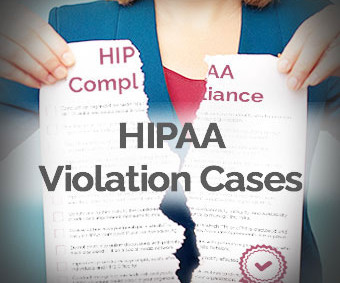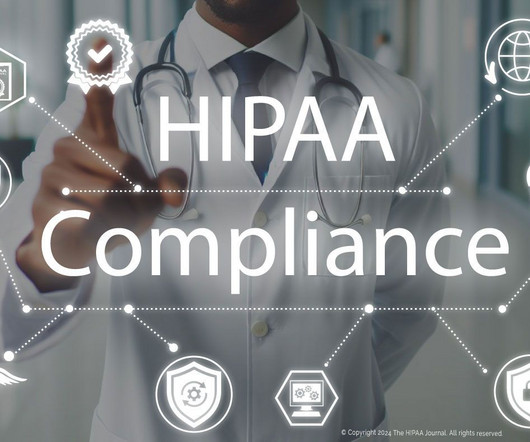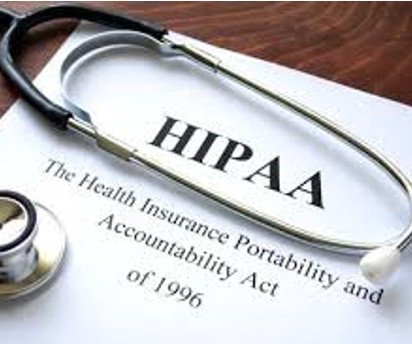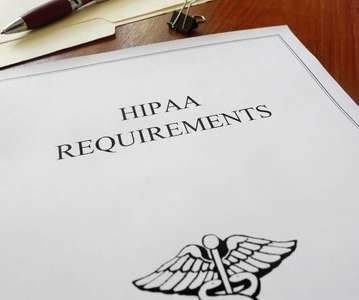Three Best Practices to Ensure Data Security and Compliance in Medical Billing
Health Prime
MARCH 13, 2025
Safeguarding patient information and ensuring data security is always the highest priority in medical billing. With the expansion of digital healthcare information systems, security and regulatory compliance—such as HIPAA (Health Insurance Portability and Accountability Act) —have become not only best practices but also legal requirements.


































Let's personalize your content